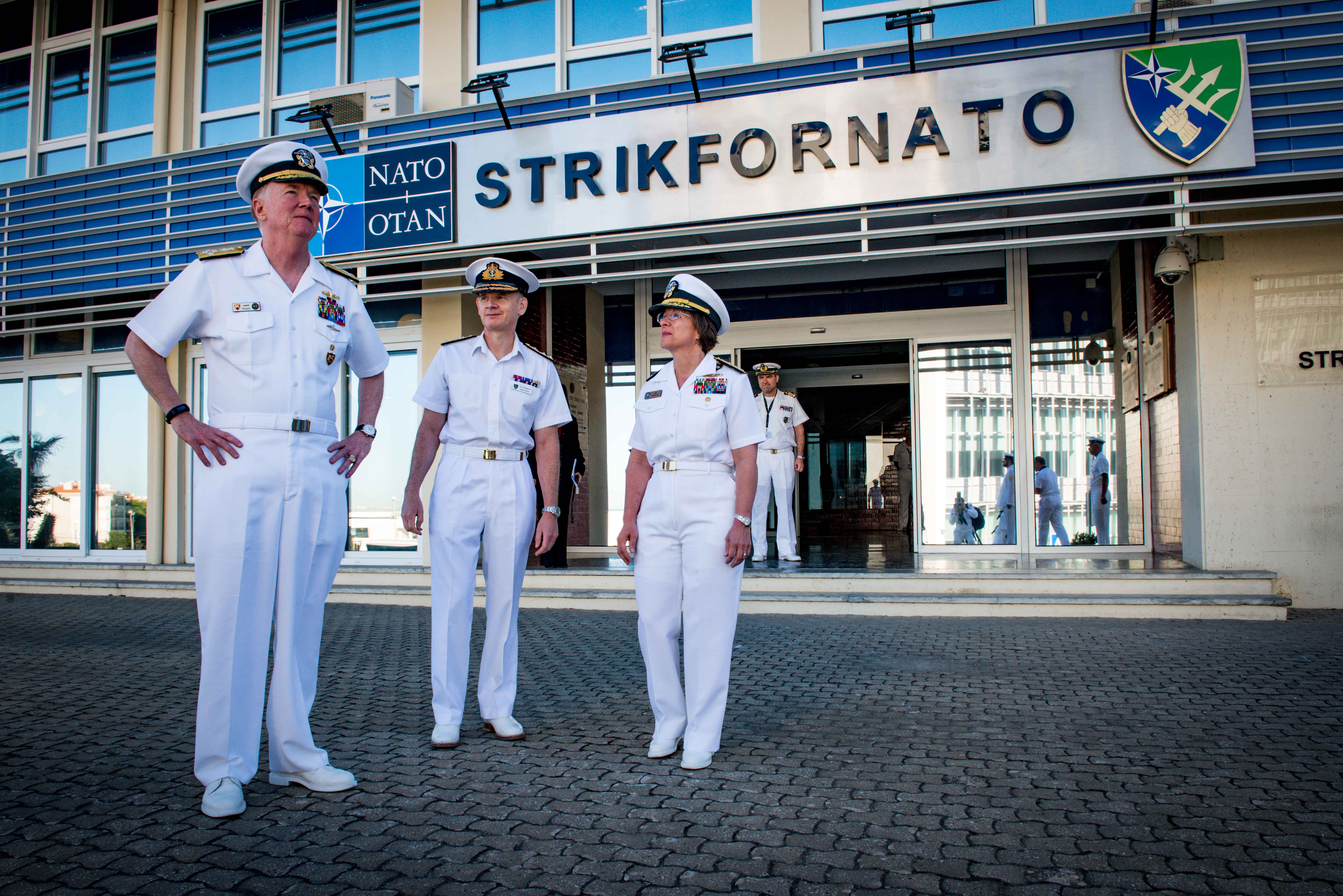
A retiring admiral who has spent a lifetime supporting NATO is warning that the U.S. Navy and the alliance need to do more to push back against Russia, or else waters in the Euro-Atlantic region may be lost to Russian anti-access tactics and weapons.
Adm. James Foggo, a submariner who has spent the bulk of his 39-year career in Europe and was born while his Canadian soldier father was stationed at a NATO command, said he still believes the future of NATO is strong. But, he warned in a recent interview, Russia is making moves in the Arctic, the Black Sea and the Mediterranean that need to be stopped if the U.S. wants to preserve freedom of navigation in these waters.
Two things will help push back Russia: more U.S. ships operating in U.S. 6th Fleet, either as their primary destination for a rotational deployment or conducting exercises while transiting through to get to U.S. 5th Fleet; and a new NATO maritime strategy that will identify priority areas and the resources needed to operate successfully there.
Foggo has served for nearly three years as the head of U.S. naval forces in Europe and Africa, and today he hands over command to Adm. Robert Burke and retires from the Navy.
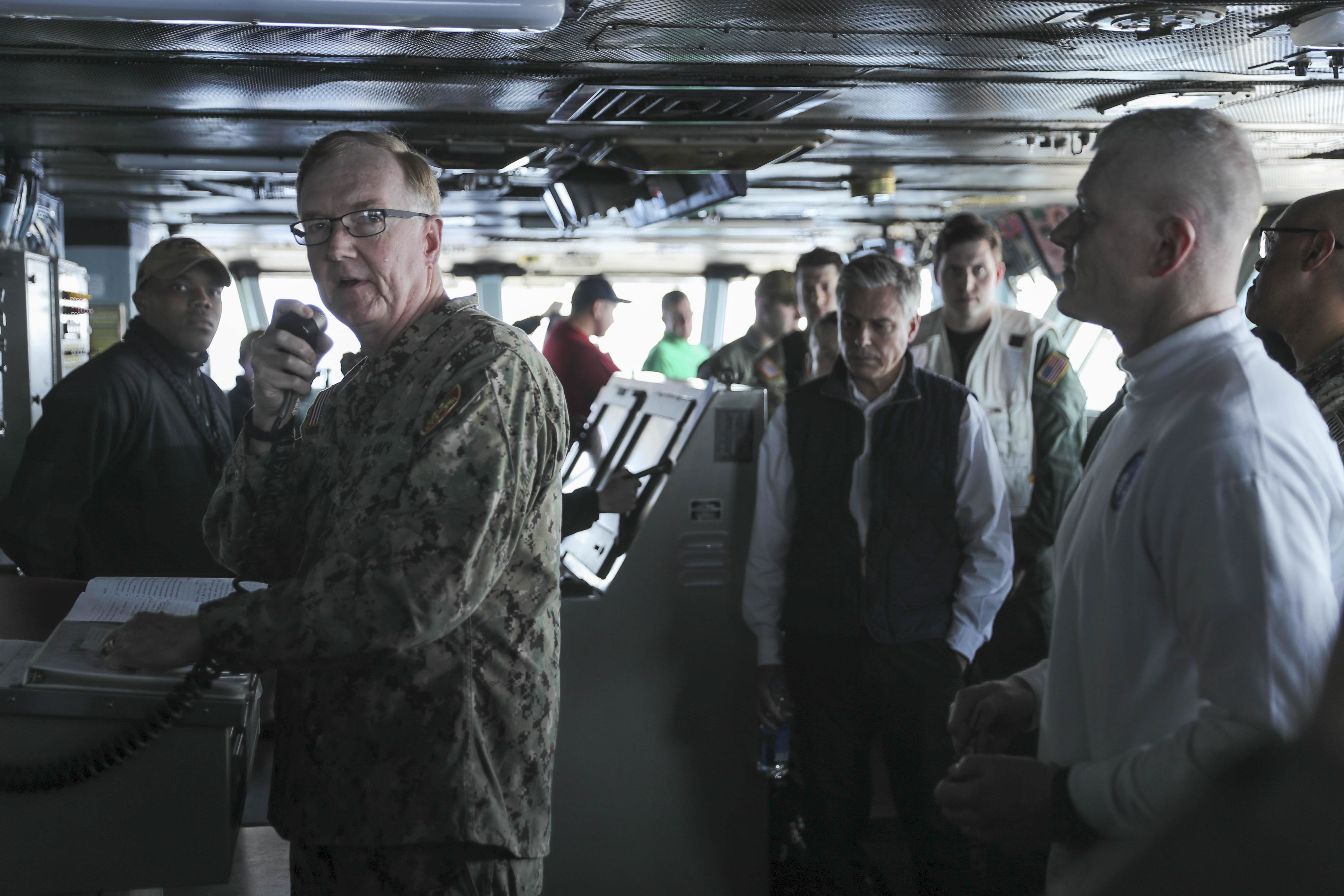
On the U.S. Navy presence piece, he told USNI News in an interview ahead of his change of command that the 2019 deployment of the Harry S. Truman Carrier Strike Group exclusively to 6th Fleet was great, but he said 6th Fleet can make the most of any presence the global force management system is able to allocate.
Four Arleigh Burke-class destroyers are forward-deployed to Rota, Spain, with a primary focus on ballistic-missile defense, and Foggo said is sufficient for BMD work in the area.
But “what I get a big bounce out of is transit presence. When I have a carrier strike group here, that means that, in addition to that 90,000 tons of diplomacy, I get at least three to five direct support units – and that’s destroyers or cruiser – and they’re invaluable because we can dissociate them from the actual carrier at times and send them all over the theater to do all sorts of missions and work with our allies and partners to train, to get better at our tradecraft in the maritime domain, and also to operate in places we haven’t traditionally operated,” he said.
With the Truman CSG, he sent the carrier into the Adriatic Sea, which was a rare move, and then later sent the carrier north of the Arctic Circle for the first time in decades.
More recently, with parts of the Defender Europe 2020 exercise due to the coronavirus pandemic, U.S. and U.K. Royal Navy leaders instead decided to push a surface action group of three American destroyers, a British frigate and a U.S. supply ship into the Barents Sea – again, for the first time since the Cold War – in a week-long exercise dubbed Dynamic Trident.
The Truman CSG deployment and the SAG operation were important in sending a message to Russia that the U.S. and its allies can and will remain active in High North waters, “and we’d like to do that again” if the U.S. Navy continues to send assets into 6th Fleet and keep them there for some period, instead of rushing them into the Middle East.
“I can take those direct support elements and use them for all sorts of things while I’ve got the (Rota-based) destroyers doing their conditional roles of ballistic missile defense. And there’s Africa, let’s not forget,” he added, saying 6th Fleet needs more assets to support the Express exercise series and other operations in African waters, too.
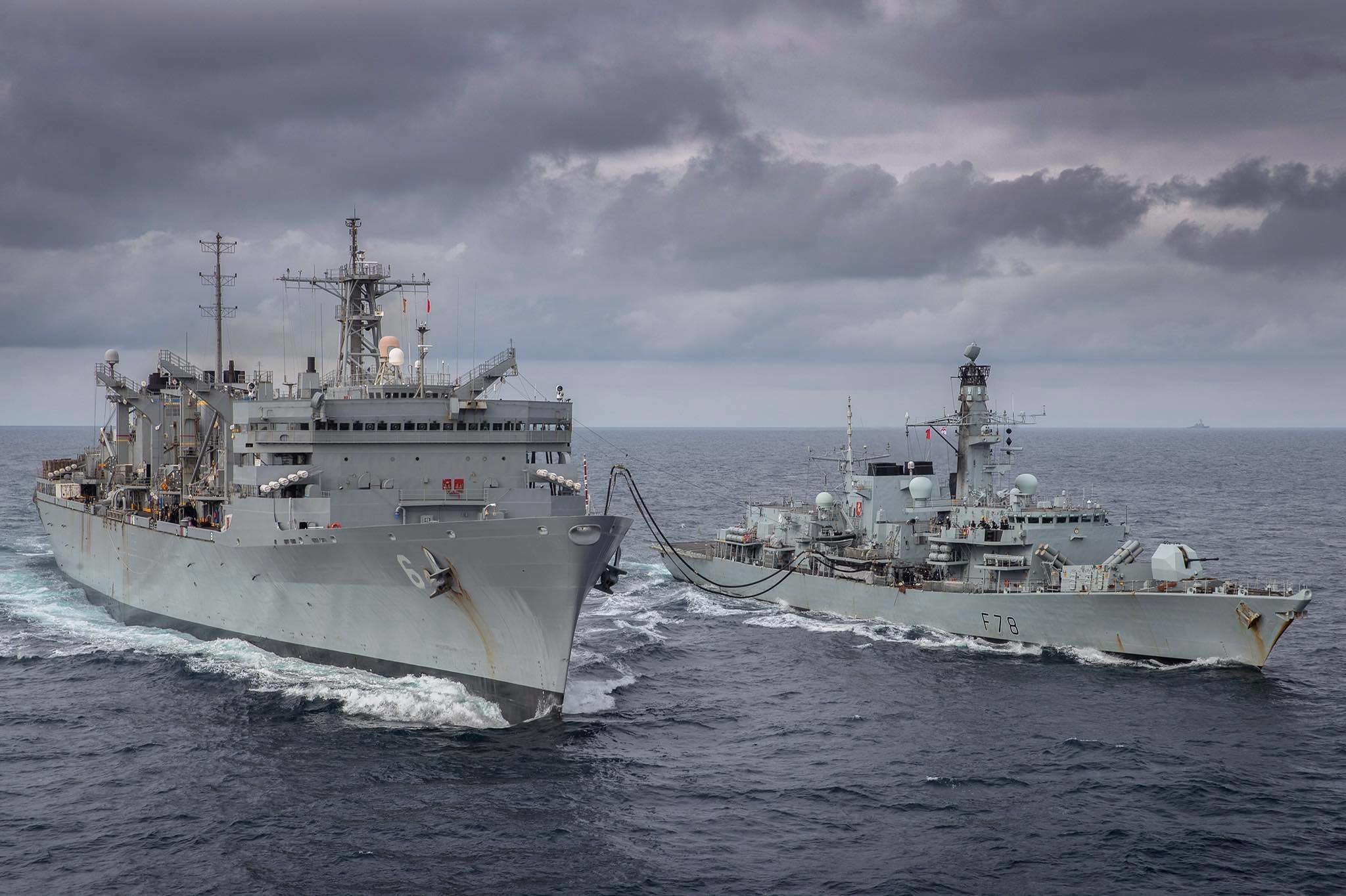
Though the Bataan Amphibious Ready Group spent much of its recent deployment in the Middle East, Foggo said peeling off the smallest ship, USS Oak Hill (LSD-51) for an operation in the Black Sea perfectly highlights the benefit of transit presence. The U.S. last year sent warships to the Black Sea for 125 days out of the year, and NATO sent its ships there for another 125 days. This year, the Navy has already sent four warships into the Black Sea for presence. Though U.S. and NATO ships can’t be there every day to help Black Sea nations push back against Russian acts of aggression, Foggo said it was important to show in actions the U.S. dedication to freedom of navigation in the Black Sea.
“What we don’t want is the model that the Russians executed in the Sea of Azov exported to the Black Sea, where they bumped the three Ukrainian ships and took them as prizes and then imprisoned the crews in a civilian prison in Moscow for the better part of a year before they were released. That model will not stand in the Black Sea,” Foggo said.
“That’s why I like using the transit presence here for the kinds of things that we do. We make best use of it. I know they have other things that they have to do, so they pass through the Suez Canal and go off into the Arabian Gulf to serve CENTCOM. … But I can make use of that transit presence when it comes over.”
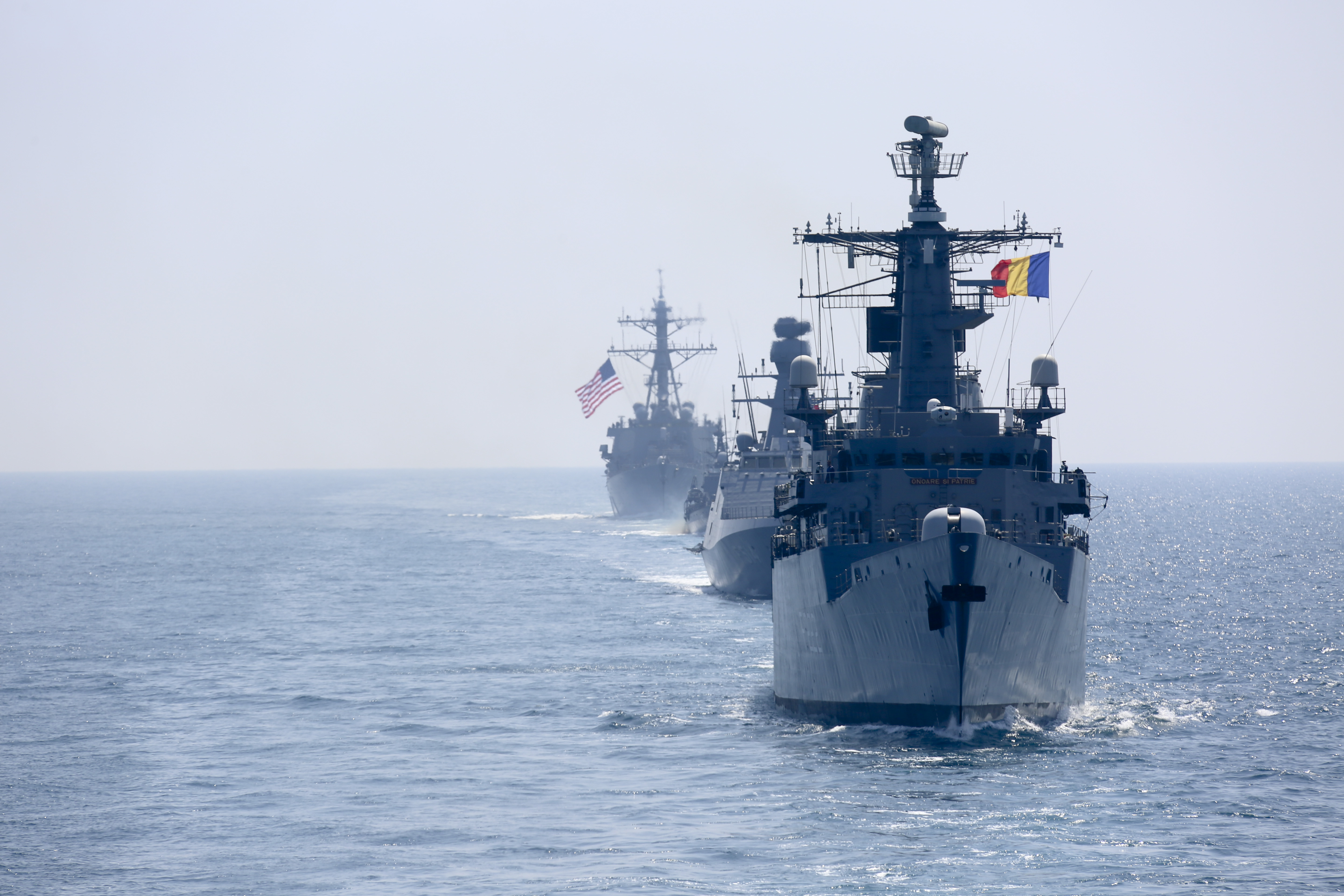
Though trips up to the Arctic were non-existent for surface ships for many years, operations in that region are becoming a more common occurrence, and Foggo said that needed to continue.
With ice receding, Foggo said there were three routes to cross the Arctic: the Northwest Passage, the Polar Passage, and the Northern Sea Route, which is closest to Russia.
“Of late, within the last year, the Russians have let it be known that they’re not interested in people coming through the Northern Sea Route unless there’s 45 days of notification, Russian pilots placed onboard in the course, you have to pay a fee to the Russian Federation to do that. And if those stipulations aren’t met, then there will be consequences,” Foggo said.
He added that Russia continued to grow its military presence in former Soviet Arctic bases, with full battalions at some of the bases – as well as icebreakers outfitted with Kalibr cruise missiles patrolling the waters.
“I don’t really see the reason for that necessity onboard an icebreaker that should be there for other reasons: exploration, rescue operations, or just keeping the ice-free for transit shipping,” he said of the long-range cruise missile.
China, too, is making Arctic claims. Despite not being an Arctic nation, more Chinese merchant ships use those waters than American ships.
“The Chinese are coming over the top through the Polar Route with some of their merchant shipping – China Ocean Shipping Company, it’s part of the One Belt One Road strategy – and we are not doing that,” he said.
“The Chinese are coming over the top because that business model works well for them. It doesn’t necessarily work well for us, it’s not something that some of our shipping companies are interested in because it’s a higher cost to go north and over the top than it would be to go through the Panama Canal. So it works for the Chinese, doesn’t work for us.”
With increasing Chinese shipping and increasing Russian military presence, Foggo said he worries there’s more risk of an accident or an “untoward incident” that the U.S. Navy and Coast Guard aren’t well-positioned to respond to.
“We have a responsibility to be there and be present.”
Even in places the U.S. Navy is most accustomed to operating in – like the Mediterranean Sea – Foggo warned that Russia could be making moves to restrict access or put vessels at risk.
He has spoken several times lately of Russian interest in Libya and warned that Tripoli could become the next Tartus, where Russia can support ships and submarines carrying long-range land attack missiles and anti-ship cruise missiles from their Syrian hub.
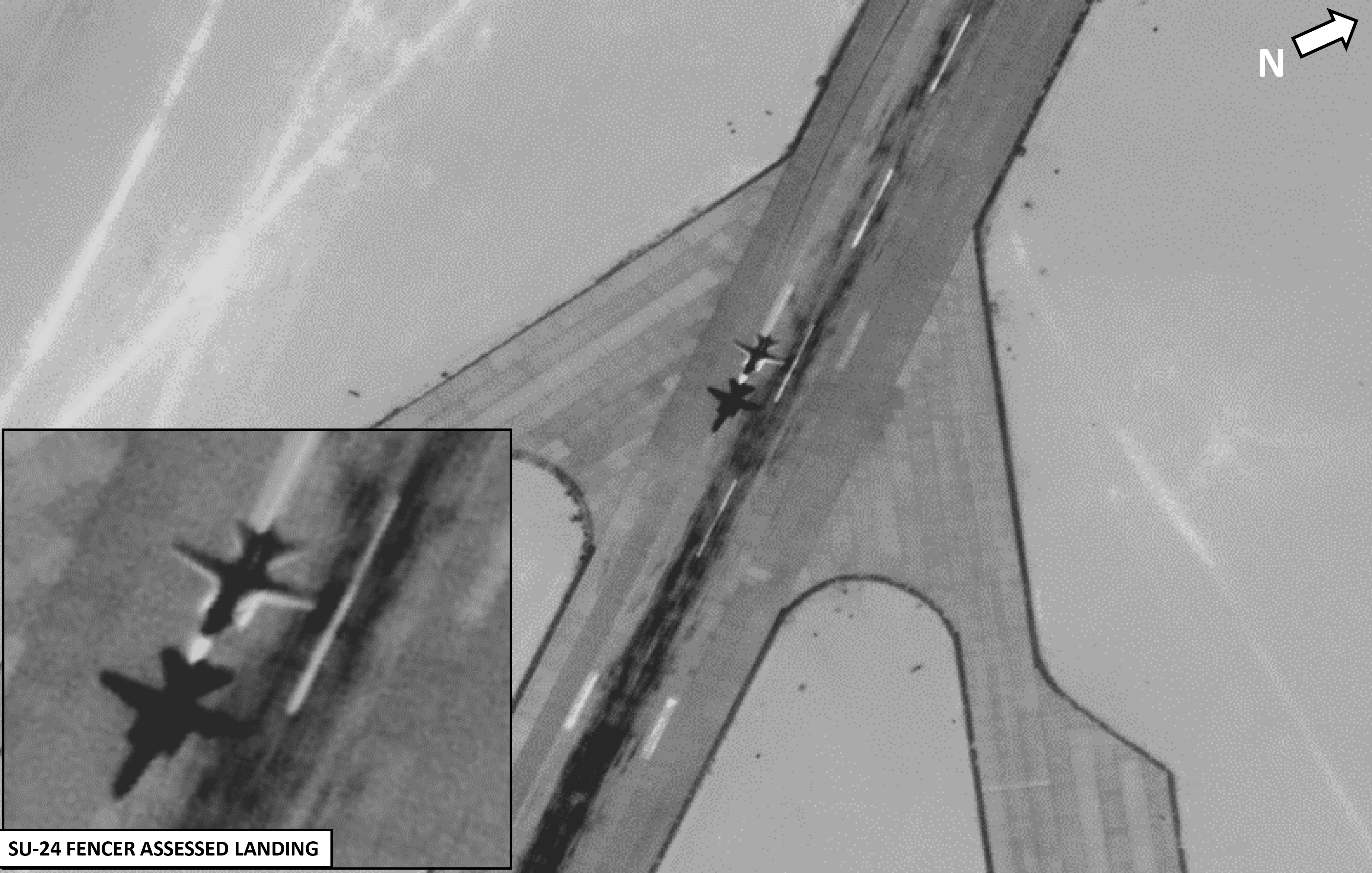
In May, U.S. Africa Command reported that “Moscow recently deployed military fighter aircraft to Libya in order to support Russian state-sponsored private military contractors (PMCs) operating on the ground there. Russian military aircraft are likely to provide close air support and offensive fires for the Wagner Group PMC that is supporting the Libyan National Army’s (LNA) fight against the internationally recognized Government of National Accord. The Russian fighter aircraft arrived in Libya, from an airbase in Russia, after transiting Syria where it is assessed they were repainted to camouflage their Russian origin.”
“Russia is clearly trying to tip the scales in its favor in Libya. Just like I saw them doing in Syria, they are expanding their military footprint in Africa using government-supported mercenary groups like Wagner,” U.S. Army Gen. Stephen Townsend, AFRICOM commander, said in the news release.
“For too long, Russia has denied the full extent of its involvement in the ongoing Libyan conflict. Well, there is no denying it now. We watched as Russia flew fourth-generation jet fighters to Libya – every step of the way. Neither the LNA nor private military companies can arm, operate and sustain these fighters without state support – support they are getting from Russia.”
A month later, AFRICOM reported that the aircraft flown into Libya were actively operating in the central part of the country and up to the Mediterranean coast, and that the Russian contractors had helped lay mines and booby-traps from Tripoli to Sirte.
“In late May, USAFRICOM reported that at least 14 MiG-29s and several Su-24s were flown from Russia to Syria, where their Russian markings were painted over to camouflage their Russian origin. These aircraft were then flown into Libya in direct violation of the United Nations arms embargo,” reads a June news release.
“Russia’s introduction of manned, armed attack aircraft into Libya changes the nature of the current conflict and intensifies the potential of risk to all Libyans, especially innocent civilians.”
Despite all his warnings about challenges to freedom of the seas in so many European waterways, Foggo said he thought NATO could rise to the challenge if the alliance drafted a modern maritime strategy to help prioritize resources.
At the end of the Cold War, he said, NATO and the U.S. Navy had a cost-imposing strategy of flowing carrier strike groups up into the Arctic. “That strategy really broke the back of (Soviet Union leader Mikhail) Gorbachev and (head of Soviet military forces Sergey) Akhromeyev, and they pulled everything back to protect the homeland and the Barents. So it was effective from the standpoint … of bringing the former Soviet Union to its knees and ending the Cold War.”
Today, Foggo worries, the Navy and NATO are more reactive than proactive. The last NATO Maritime Strategy was written in 2011 – before the Russian submarine fleet resurged, before Russia annexed Crimea, before China started making moves in Europe and the Arctic through its One Belt/One Road initiative. He called for a new maritime strategy – outside of the multi-domain strategies NATO has worked on since 2011 – to help guide NATO allies and partners in making investments.
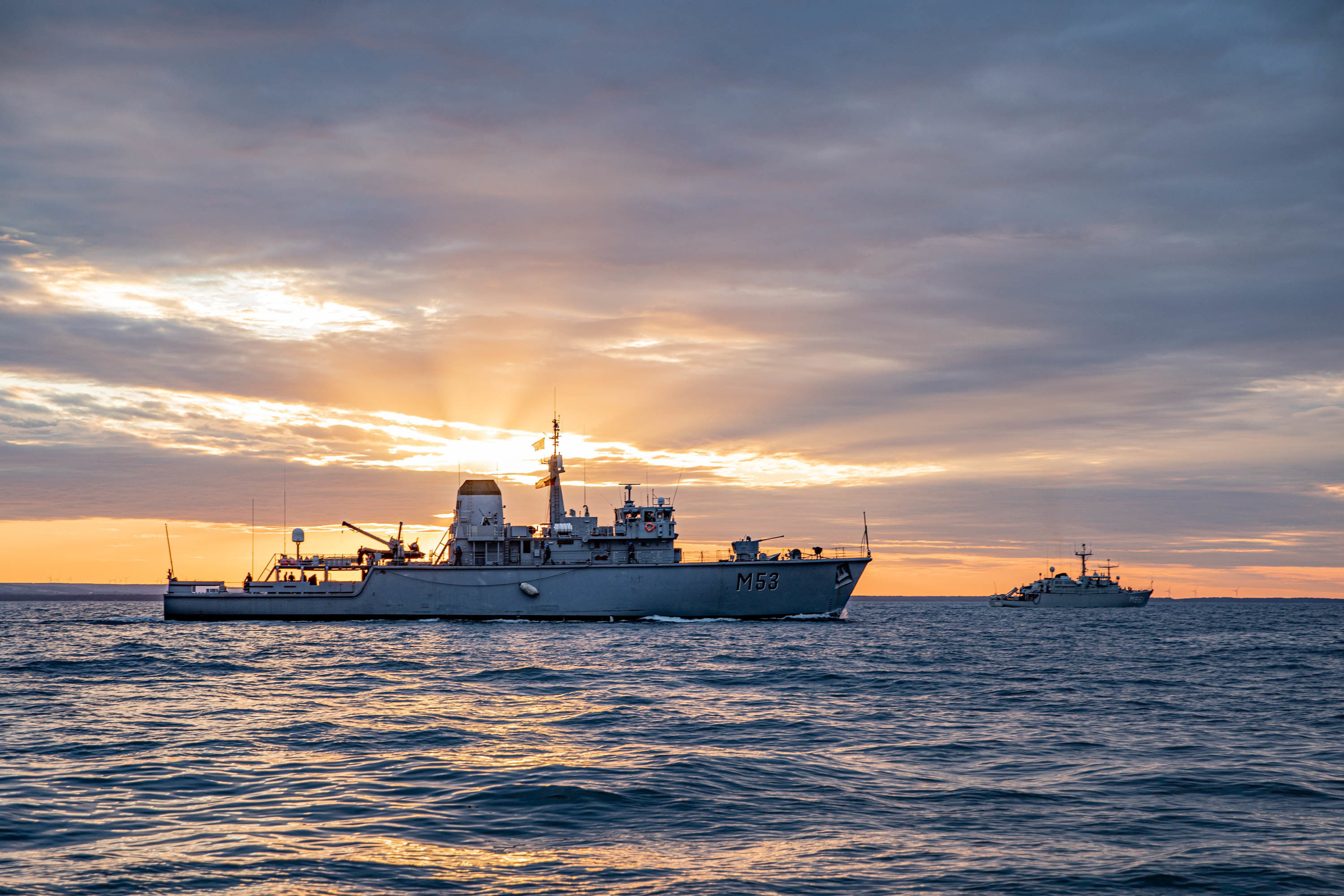
“If you have a strategy, that strategy ultimately becomes plans. … When you have plans on the table, there’s a requirement for resources to actually effect those plans or execute those plans. And there has to be money assigned to buy those resources. You soon find out that your strategy may be very, very ambitious and you need more resources, and you go ask for it. This is part of the burden-sharing discussion” that’s ongoing within NATO now, and he said the talks of burden-sharing and increased investments ought to be guided by a strategy to successfully counter current adversaries.
Specifically, he said, NATO needs more mine-sweeping and mine-countermeasures capabilities; more intelligence, surveillance and reconnaissance (ISR) assets, including unmanned ISR assets; and more interoperability, so that countries big and small can share information and collaborate at sea.
“Once you get a strategy and you get plans and you get resources, then you set your priorities on where you want to go and what you want to do. Is it the High North? Is it the Arctic? Is it the [Greenland-Iceland-United Kingdom] Gap in the North Atlantic? Is it the Baltic? Is it the Mediterranean? Is it the Black Sea? Or are we going to run to the sound of the guns, which we have a tendency to do, and we will go where the hotspots are?” Foggo said.
“There’s a lot of hotspots out there nowadays: Kaliningrad, I talked about that; Eastern Mediterranean, Tartus and Latakia in Syria; the Black Sea and the buildup in Crimea; and Libya now. All these places are becoming interesting and hot places where we have interest, not only as an alliance but also as the United States of America.”





